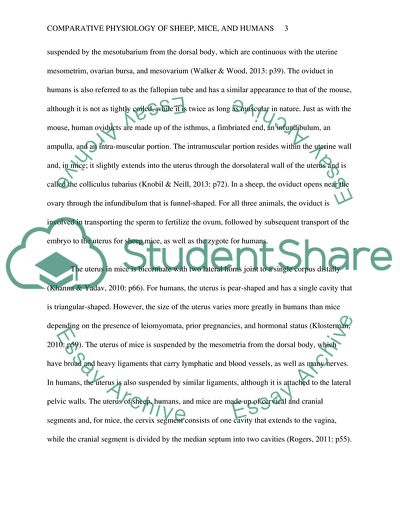Cite this document
(Comparative Physiology of Sheep, Mice, and Humans Outline Example | Topics and Well Written Essays - 1250 words, n.d.)
Comparative Physiology of Sheep, Mice, and Humans Outline Example | Topics and Well Written Essays - 1250 words. https://studentshare.org/biology/1836042-compare-the-physiology-of-human-mice-and-sheep
Comparative Physiology of Sheep, Mice, and Humans Outline Example | Topics and Well Written Essays - 1250 words. https://studentshare.org/biology/1836042-compare-the-physiology-of-human-mice-and-sheep
(Comparative Physiology of Sheep, Mice, and Humans Outline Example | Topics and Well Written Essays - 1250 Words)
Comparative Physiology of Sheep, Mice, and Humans Outline Example | Topics and Well Written Essays - 1250 Words. https://studentshare.org/biology/1836042-compare-the-physiology-of-human-mice-and-sheep.
Comparative Physiology of Sheep, Mice, and Humans Outline Example | Topics and Well Written Essays - 1250 Words. https://studentshare.org/biology/1836042-compare-the-physiology-of-human-mice-and-sheep.
“Comparative Physiology of Sheep, Mice, and Humans Outline Example | Topics and Well Written Essays - 1250 Words”. https://studentshare.org/biology/1836042-compare-the-physiology-of-human-mice-and-sheep.


